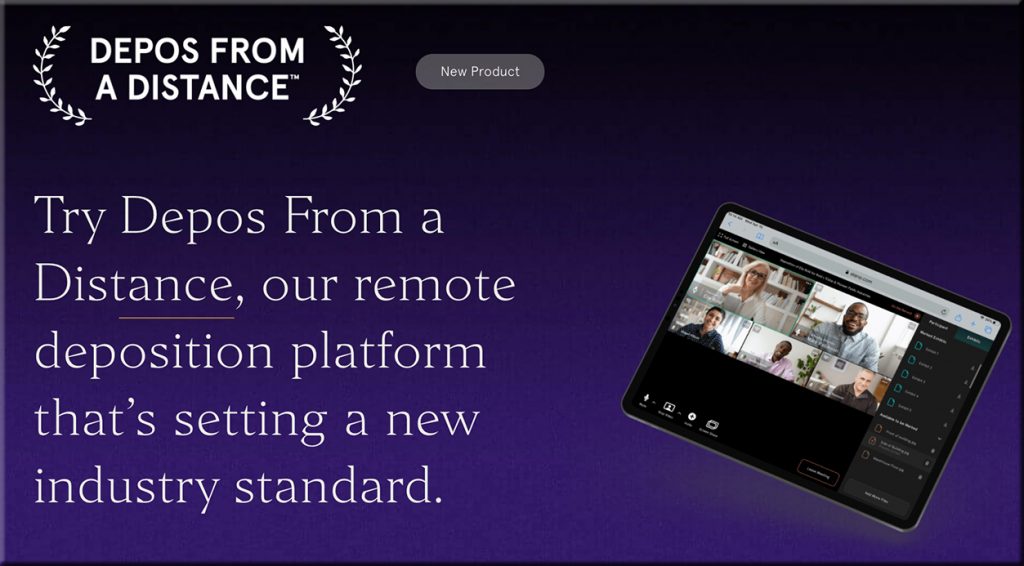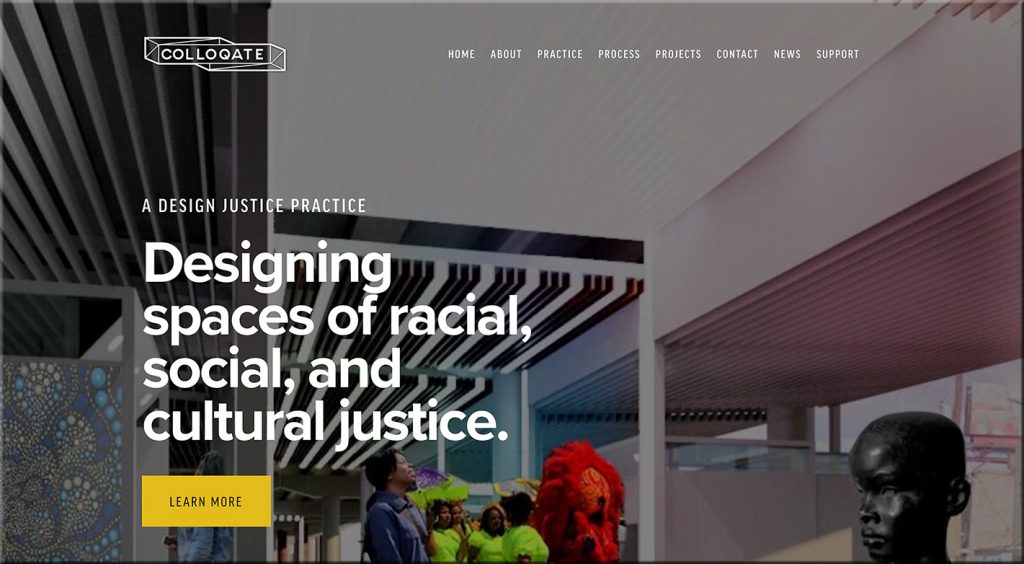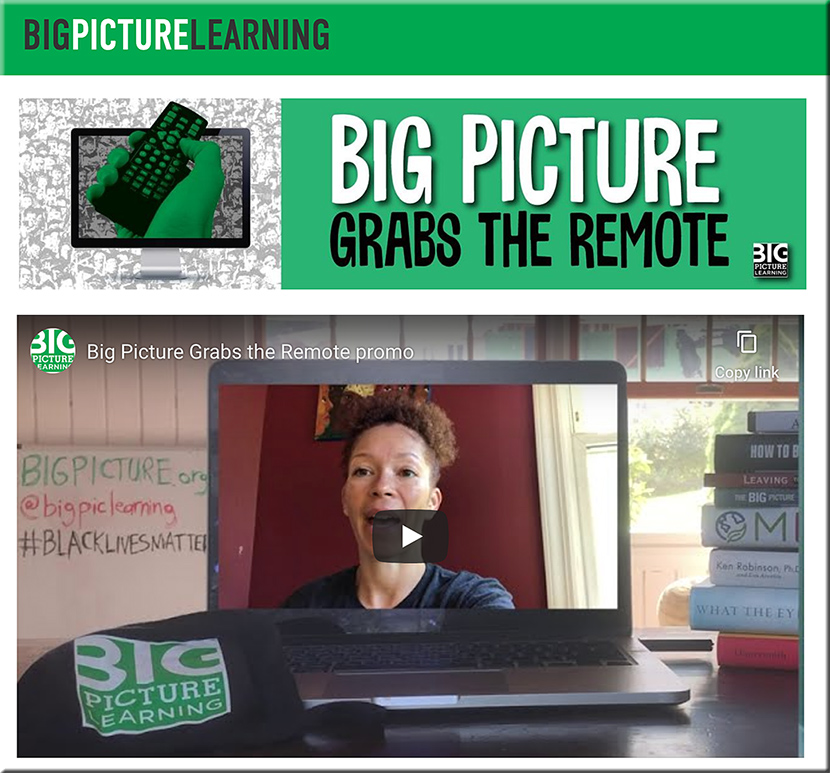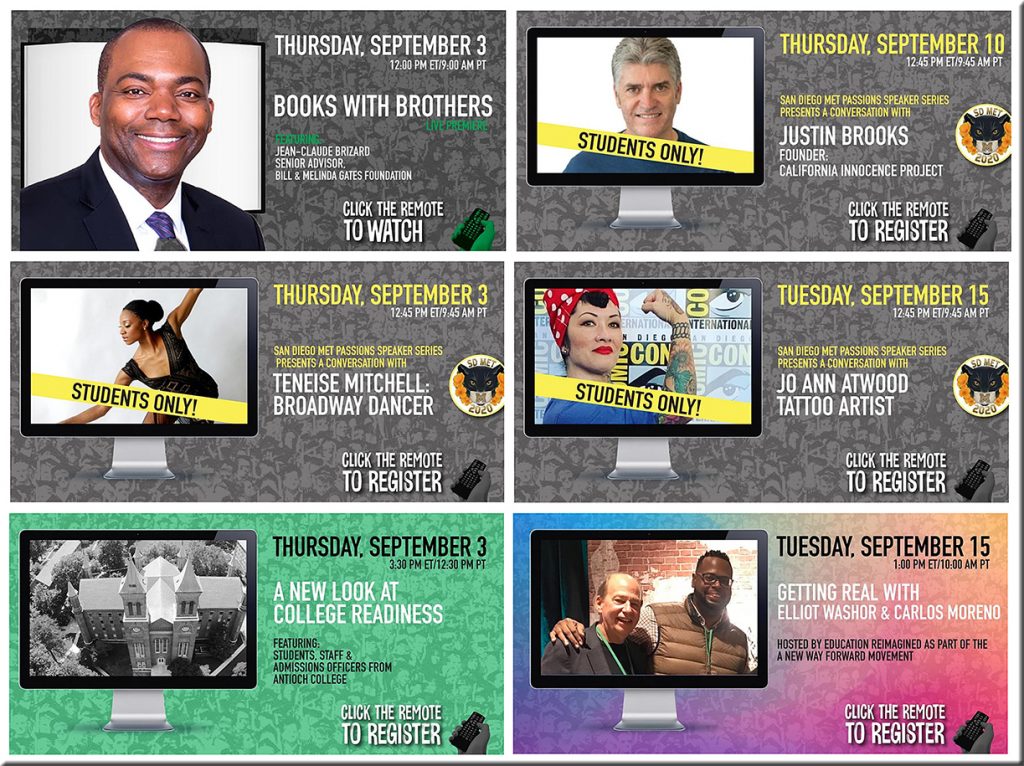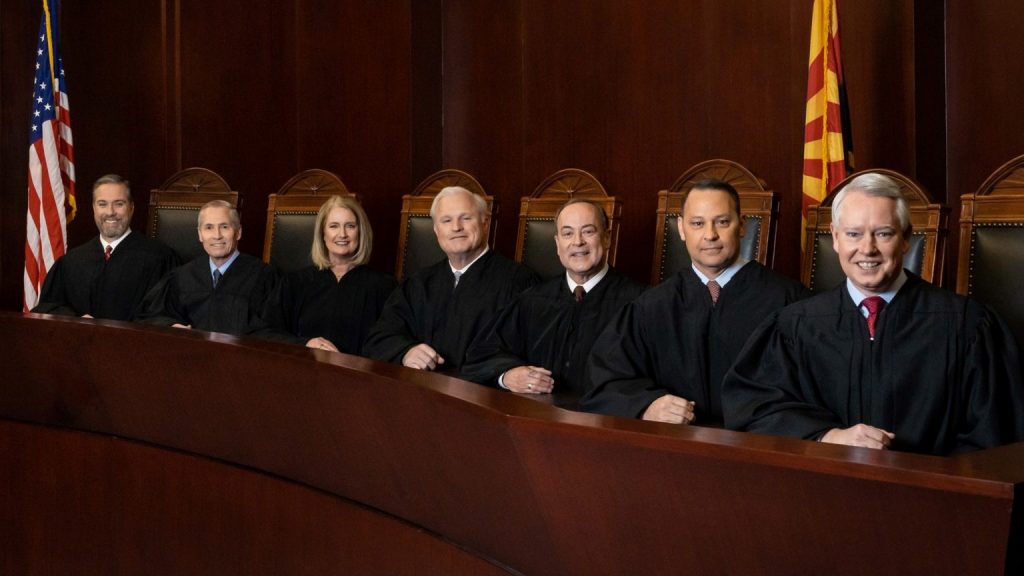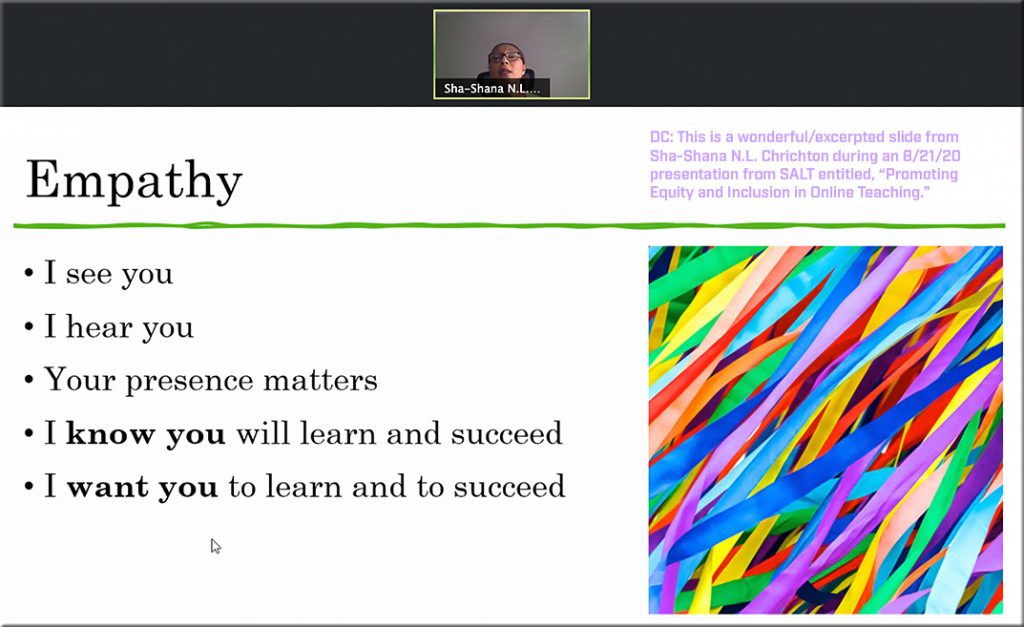Justice Ruth Bader Ginsburg, Champion Of Gender Equality, Dies At 87 — from npr.org
by Nina Totenberg
Excerpt:
“Our nation has lost a justice of historic stature,” Chief Justice John Roberts said. “We at the Supreme Court have lost a cherished colleague. Today we mourn but with confidence that future generations will remember Ruth Bader Ginsburg as we knew her, a tireless and resolute champion of justice.”
Architect of the legal fight for women’s rights in the 1970s, Ginsburg subsequently served 27 years on the nation’s highest court, becoming its most prominent member.
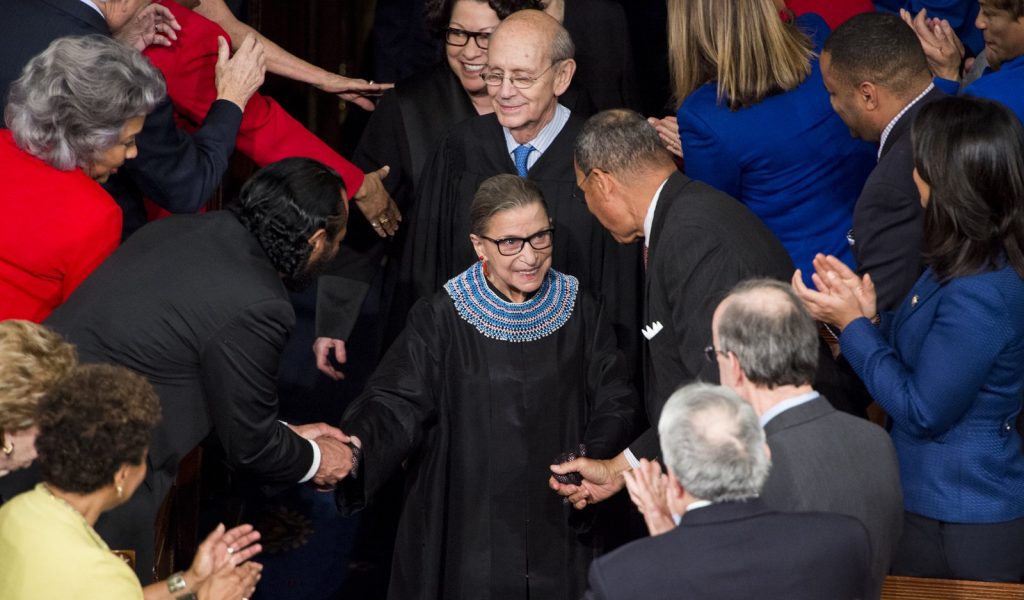
UNITED STATES – JANUARY 20: Supreme Court Justice Ruth Bader Ginsburg arrives for President Barack Obama’s State of the Union address in the Capitol on Tuesday, Jan. 20, 2015. (Photo By Bill Clark/CQ Roll Call)
RBG’s Biggest Opinions, From Civil Rights To Civil Procedure — from law360.com by Cara Bayles
Excerpt:
But from the early years of her tenure on the high court, the justice, who died Friday at age 87, wrote majority decisions that showed her breadth as a lawyer and a thoughtful scholar, who gently guided the reader to her conclusion using evidence and careful, persuasive argument.
“She strongly believed that if you disagree with people, you have to convince them with the strength of your position,” said Orrick Herrington & Sutcliffe LLP appellate attorney Tiffany Wright, who clerked for Justice Sonia Sotomayor. “Her majority opinions are less fiery, but very much RBG.”
But she was also “a lawyer’s lawyer — precise, analytical, and evenhanded,” according to Joseph Palmore, her former clerk and a former assistant to the solicitor general who now co-chairs Morrison & Foerster LLP’s appellate practice. She loved even the more granular rules of litigation.
Women Lawyers Share Lessons They Learned From Ruth Bader Ginsburg — from abovethelaw.com by Staci Zaretsky
The Notorious RBG changed women’s lives and law practices across America.
Remembering Ruth Bader Ginsburg’s Early Career — from abovethelaw.com by Kathryn Rubino
Impressive, even from the start.












